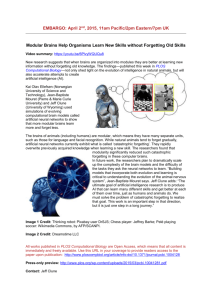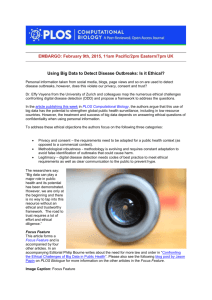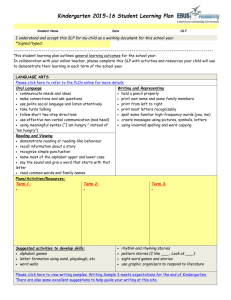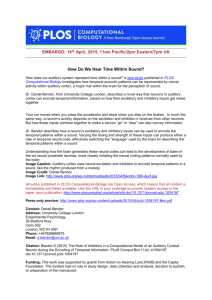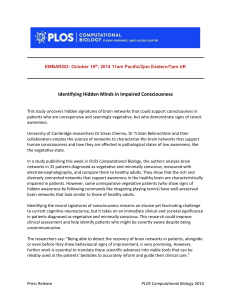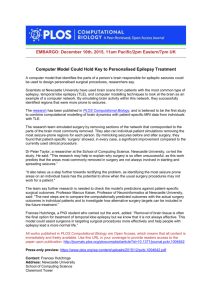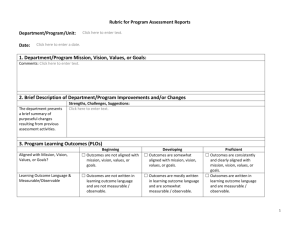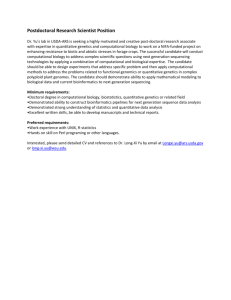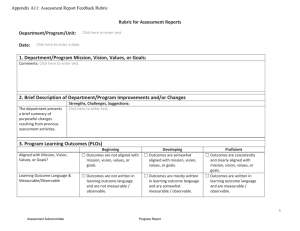Press-Release-Allen-19-Feb
advertisement
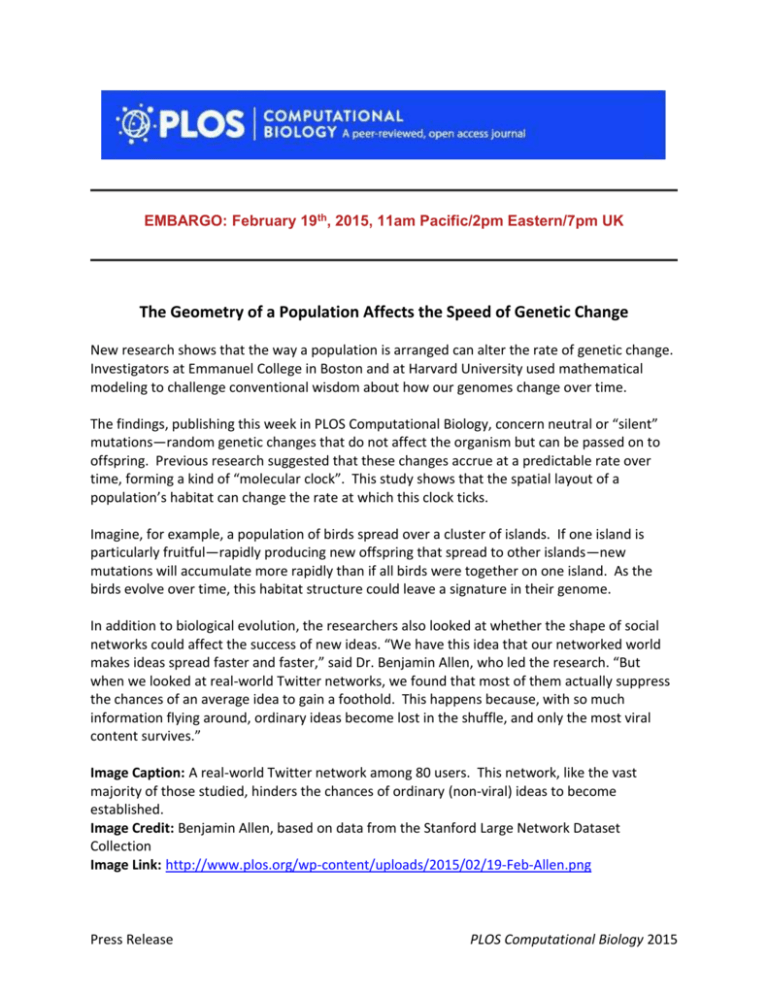
EMBARGO: February 19th, 2015, 11am Pacific/2pm Eastern/7pm UK The Geometry of a Population Affects the Speed of Genetic Change New research shows that the way a population is arranged can alter the rate of genetic change. Investigators at Emmanuel College in Boston and at Harvard University used mathematical modeling to challenge conventional wisdom about how our genomes change over time. The findings, publishing this week in PLOS Computational Biology, concern neutral or “silent” mutations—random genetic changes that do not affect the organism but can be passed on to offspring. Previous research suggested that these changes accrue at a predictable rate over time, forming a kind of “molecular clock”. This study shows that the spatial layout of a population’s habitat can change the rate at which this clock ticks. Imagine, for example, a population of birds spread over a cluster of islands. If one island is particularly fruitful—rapidly producing new offspring that spread to other islands—new mutations will accumulate more rapidly than if all birds were together on one island. As the birds evolve over time, this habitat structure could leave a signature in their genome. In addition to biological evolution, the researchers also looked at whether the shape of social networks could affect the success of new ideas. “We have this idea that our networked world makes ideas spread faster and faster,” said Dr. Benjamin Allen, who led the research. “But when we looked at real-world Twitter networks, we found that most of them actually suppress the chances of an average idea to gain a foothold. This happens because, with so much information flying around, ordinary ideas become lost in the shuffle, and only the most viral content survives.” Image Caption: A real-world Twitter network among 80 users. This network, like the vast majority of those studied, hinders the chances of ordinary (non-viral) ideas to become established. Image Credit: Benjamin Allen, based on data from the Stanford Large Network Dataset Collection Image Link: http://www.plos.org/wp-content/uploads/2015/02/19-Feb-Allen.png Press Release PLOS Computational Biology 2015 All works published in PLOS Computational Biology are Open Access, which means that all content is immediately and freely available. Use this URL in your coverage to provide readers access to the paper upon publication: http://www.ploscompbiol.org/article/info:doi/10.1371/journal.pcbi.1004108 Press-only preview: Link Contact: Address: Phone: Email: Citation: Funding: Competing Interests: The authors have declared that no competing interests exist. About PLOS Computational Biology PLOS Computational Biology (www.ploscompbiol.org) features works of exceptional significance that further our understanding of living systems at all scales through the application of computational methods. All works published in PLOS Computational Biology are Open Access. All content is immediately available and subject only to the condition that the original authorship and source are properly attributed. Copyright is retained. For more information follow @PLOSCompBiol on Twitter or contact ploscompbiol@plos.org. About PLOS PLOS is a nonprofit publisher and advocacy organization founded to accelerate progress in science and medicine by leading a transformation in research communication. For more information, visit www.plos.org. Press Release PLOS Computational Biology 2015
